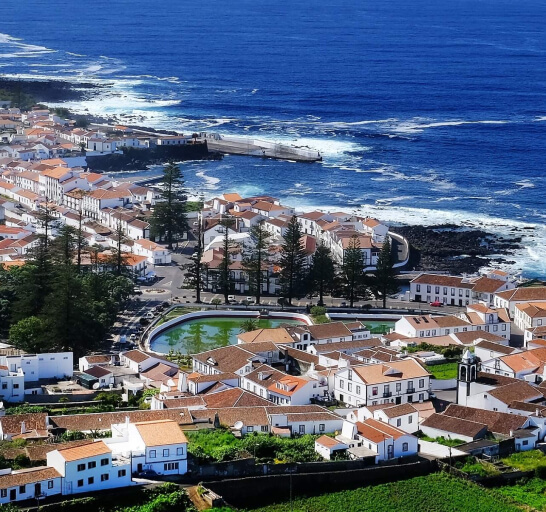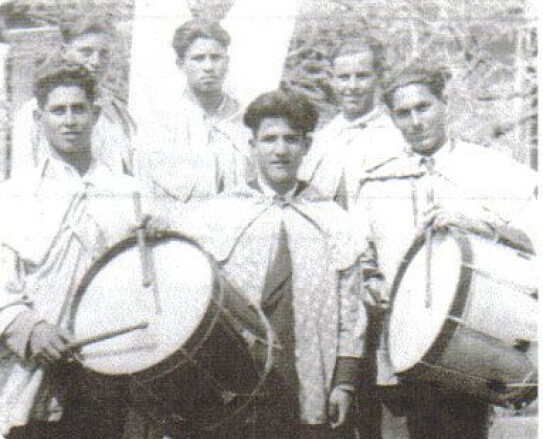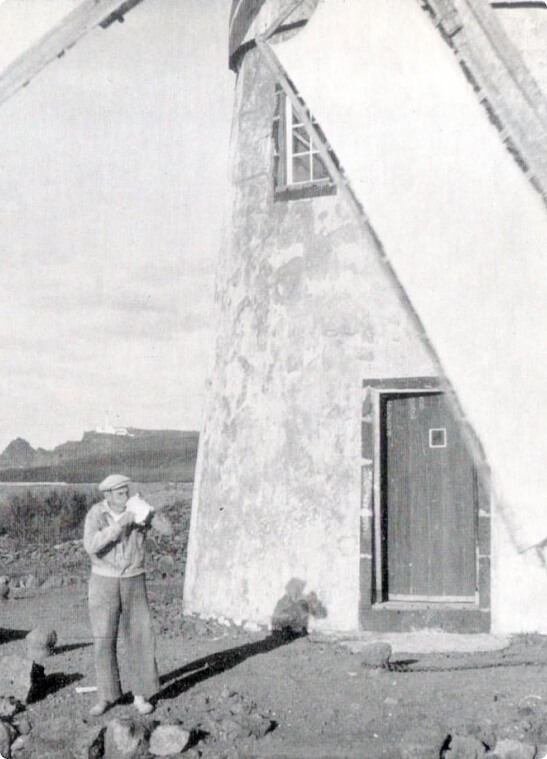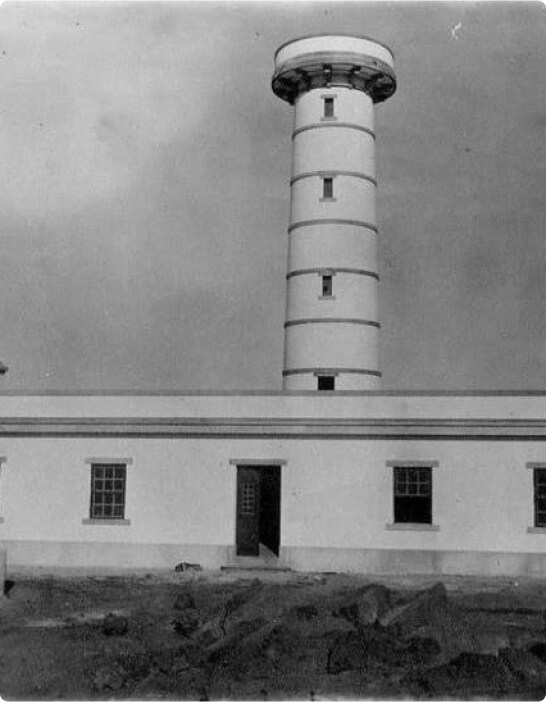Follow us

2025 © All rights reserved, Adega e Cooperativa Agrícola da Ilha Graciosa
- 3rd Earl of Cumberland
The second smallest island of the Azores is characterized by low rainfall which leads to the relative dryness of the island, giving it a whitish hue, which earned it the nickname of Ilha Branca, by Raul Brandão in the work As Ilhas Desconhecidas (1926).


* Traditional windmill from Graciosa island
After the 1770s, and with the opening of trade with Brazilian ports and Portuguese African and Asian colonies, the Azores gained importance, which allowed their wines and spirits to be marketed. But, during the 19th century, the Azorean vineyards were ravaged by plagues, which led to the rapid decline of the Gracias economy, as well as the emigration of its population. And it was only from the 1950s onwards, and with the creation of the Adega Cooperativa, that wine production was recovered.
This brought together the production of wine and improved fermentation and conservation techniques, particularly after the start-up of its wine production and bottling facilities, inaugurated on August 19, 1962. Today, on Graciosa Island, white wines, which remain good companions of regional gastronomy. Brandy and aperitif wines complement the range of indigenous drinks.


- 3rd Earl of Cumberland
Graciosa is an island located in the extreme northwest of the Central Group of the Azores archipelago, 37 km northeast of the island of São Jorge and 60 km northwest of Terceira. The island, classified by UNESCO as a Biosphere Reserve, is the second smallest of the archipelago and is also the one with less imposing reliefs, with several flat areas and gentle mountains. The low rainfall leads to the relative dryness of the island, which gives it a whitish hue at the end of the summer, which earned it the nickname Ilha Branca, by Raul Brandão in the work As Ilhas Desconhecidas (1926).
One of the "ex libris" of the island is a large rock formation, in front of the Ponta da Barca lighthouse, with a configuration very similar to a whale seen in profile. This island had a great tradition in the production of cereals, with several mills built in the traditional form of the Graciosa windmills, with 31 active mills. Some of these mills are now properties of municipal interest, and in the mid-18th century, the therapeutic use of the thermal waters of Carapacho began.

You must be 18 years of age or older to enter this site. By clicking 'Enter site', you confirm that you are of legal drinking age in your country.